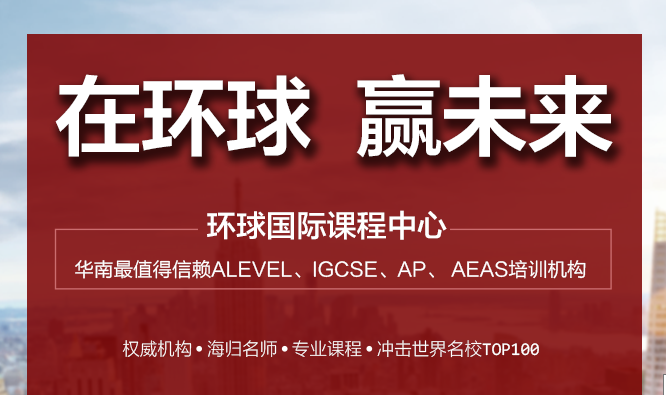
历史分期三:
后古典时代(Post-classical Era)
公元500年-公元1000年
1. 罗马帝国后期和拜占庭帝国
Later Roman Empire and Byzantium
2. 查士丁尼和拜占庭帝国
Justinian and his empire
3. 伊斯兰教的崛起和征服
The rise and conquests of Islam
4. 拜占庭帝国的复苏和西欧的发展
The revival of Byzantium and the development of western Europe
5. 拜占庭帝国的经济、社会、贸易和城市生活
The economy, society, trade and urban life in Byzantine Empire
6. 古典希腊的遗产
Legacy of Classical Greece
7. 拜占庭的政教合一与东西欧的宗教冲突
Monasticism and tensions between Eastern and Western Christianity
8. 拜占庭帝国在东欧的影响
The influence of Byzantium in Eastern Europe
9. 拜占庭帝国面临的内政外交难题
Domestic and foreign problems in Byzantine Empire
10. 拜占庭和斯拉夫民族间的关系
Relationship between Byzantium and Slavic peoples
11. 穆罕默德的生平与伊斯兰教早期
Muhammad’s life and early Islam
12. 伊斯兰教在阿拉伯半岛的建立
The establishment of Islam in Arabia
13. 早期哈里发王朝和倭马亚王朝
Early Caliphs and Umayyad Dynasty
14. 阿拔斯王朝
Abbasid Dynasty
15. 伊斯兰世界的经济、社会与女性地位
Economy, society and the role women in Islamic World
16. 伊斯兰世界价值观的传播,与波斯印度和希腊之间的文化互动
Islamic values and cultural exchanges with Persia, India and Greece
17. 隋唐宋
Sui, Tang, Song Dynasty
18. 唐宋帝国的经济、农业、科技和工业水平
The economy, agriculture, technology and industrial development inTang and Song China
19. 唐宋帝国的文化交流
Cultural change in Tang and Song China
20. 中华文化在东亚的影响
Chinese influence on Korea, Vietnam and early Japan
21. 伊斯兰帝国和印度土邦
Islamic Empire and Hindu Kingdoms
22. 伊斯兰教在北印度
Islam in Northern India
23. 印度教在南印度
Hinduism in Southern India
24. 印度洋贸易网络
Trade in Indian Ocean Basin
25. 印度的农业、贸易、种姓制度和跨文化交流
Agriculture, trade, caste system and cross-cultural interaction inIndia
26. 印度教和伊斯兰教的发展
The development of Hinduism and Islam
27. 东南亚国家以及伊斯兰教的传入
The States of Southeast Asia and the introduction of Islam
这一历史分期最重要的是伊斯兰教和哈里发王朝的崛起、发展和扩张,兼顾它们与拜占庭帝国之间的军事、宗教、贸易和文化互动。

历史分期四:
跨文化交流时代(Cross-cultural interaction Era)
公元1000年-公元1500年
1.突厥人的迁徙和帝国扩张
Turkish migration and the expansion of Empire
2. 波斯、安纳托利亚和印度地区的突厥帝国
Turkish empires in Persia, Anatolia, and India
3. 突厥社会的经济与文化特征
Economy and cultural characteristics in Turkish society
4. 成吉思汗统治下的蒙元帝国
The Mongol Empire under Chinggis Khan
5. 成吉思汗后的蒙元帝国
The Mongol Empire after Chinggis Khan
6. 蒙古人与欧亚大陆融合
Mongols and Eurasian integration
7. 蒙元帝国的衰败
The decline of the Mongols in China and Persia
8. 早期非洲移民的影响
The effects of early African migrations
9. 非洲的农业、人口、宗教和社会分层
Agriculture, population, religion and social classes in Africa
10. 西非和东非的伊斯兰帝国
Islamic states in West Africa and East Africa
11. 基督教传播到非洲
The arrival of Christianity in Africa
12. 法兰克人和神圣罗马帝国
Franks and Holy Roman Empire
13. 英法西意的地区性国家
Regional states in France, England, Italy and Spain
14. 欧洲的经济增长和社会发展
Economic growth and social development in Europe
15. 中世纪的欧洲基督教和教皇制
European Christianity and papacy in Middle Ages
16. 中世纪的经院哲学和大学的产生
Scholastic theology and universities in Middle Ages
17. 中世纪欧洲在波罗的海、大西洋的扩张
Atlantic and Baltic colonization in Middle Ages
18. 中世纪欧洲在西西里、西班牙的扩张和十字军东征
The conquest of Sicily and Spain in Middle Ages and Crusades
19. 托尔特克人和墨西哥人
Toltec and Mexica
20. 墨西哥人的社会、宗教和民族
Mexica society and religion
21. 印加人的社会和宗教
Inca’s society and religion
22. 大洋洲的游牧民族
Nomadic foragers of Australia
23. 大西洋岛屿民族的发展
The development of Pacific Island societies
24. 长距离贸易和外交
Long-distance trade and diplomacy
25. 长距离旅行和跨文化互动
Long-distance travel and cross-cultural exchanges
26. 传教士的贡献
The contribution of missionary
27. 黑死病
Black Death
28. 明朝和西欧政治的复苏
Recovery in Ming Dynasty and Western Europe
29. 文艺复兴
Renaissance
30. 中国人、欧洲探险家在印度洋贸易网络的征服与殖民
The exploration and colonization of Chinese and European adventurerin Indian Ocean Basin
这一历史分期最重要的是蒙元帝国的崛起、发展和扩张,中世纪欧洲的文化、经济与城市发展,兼顾中国和阿拉伯人在印度洋世界的军事、宗教、贸易和文化互动。
上一篇: 加拿大预科课程OSSD
下一篇: 考前必刷,AP世界史精简版复习提纲(上)

